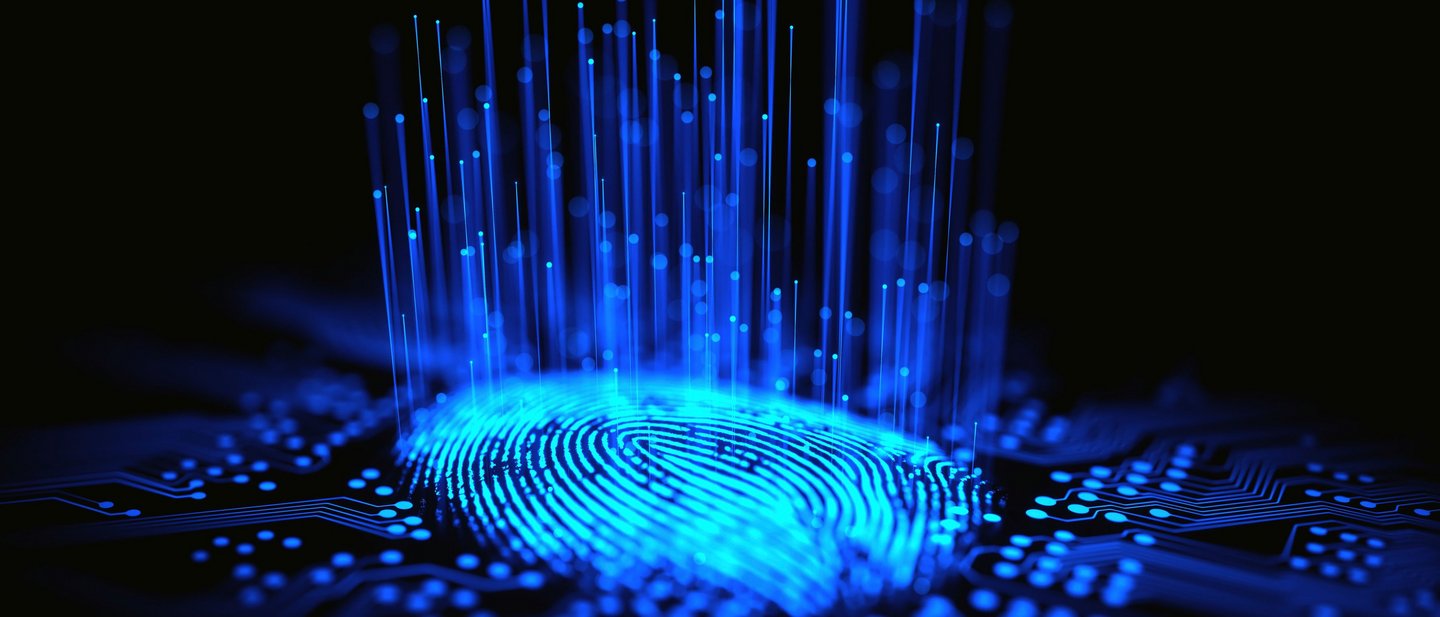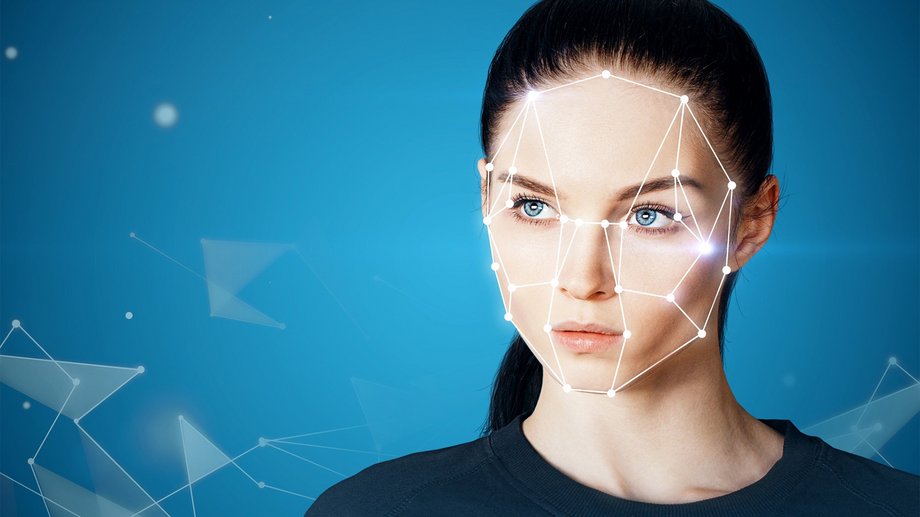It’s perhaps unsurprising that consumer attitudes have been mixed. “Researchers have cited several reasons for reluctance to use biometric authentication technology, including lack of confidence in their reliability (for organizations) and user apprehension,” say Rachel German and Suzanne Barber in their University of Texas report, “Consumer Attitudes About Biometric Authentication.”
They point out that while some 70% of users have experience of and high trust in fingerprint scanning, all other biometric systems attract less comfort. Only 13% of users surveyed had used facial recognition, and only 5% gave it the highest level of trust – 35% giving it the lowest.




